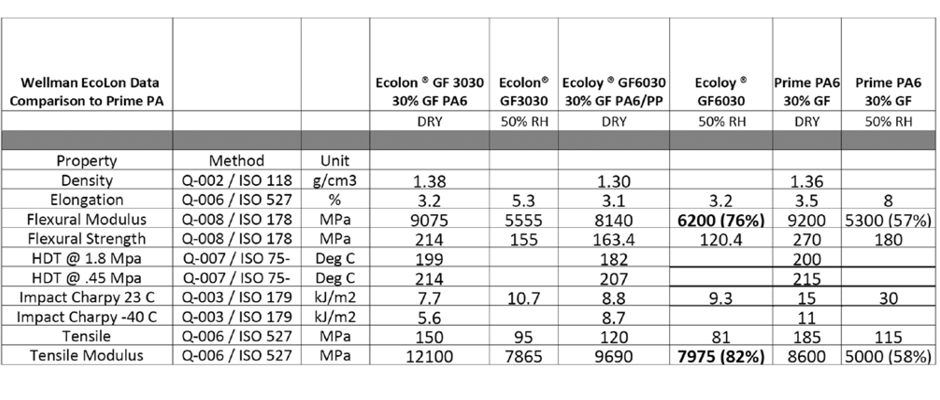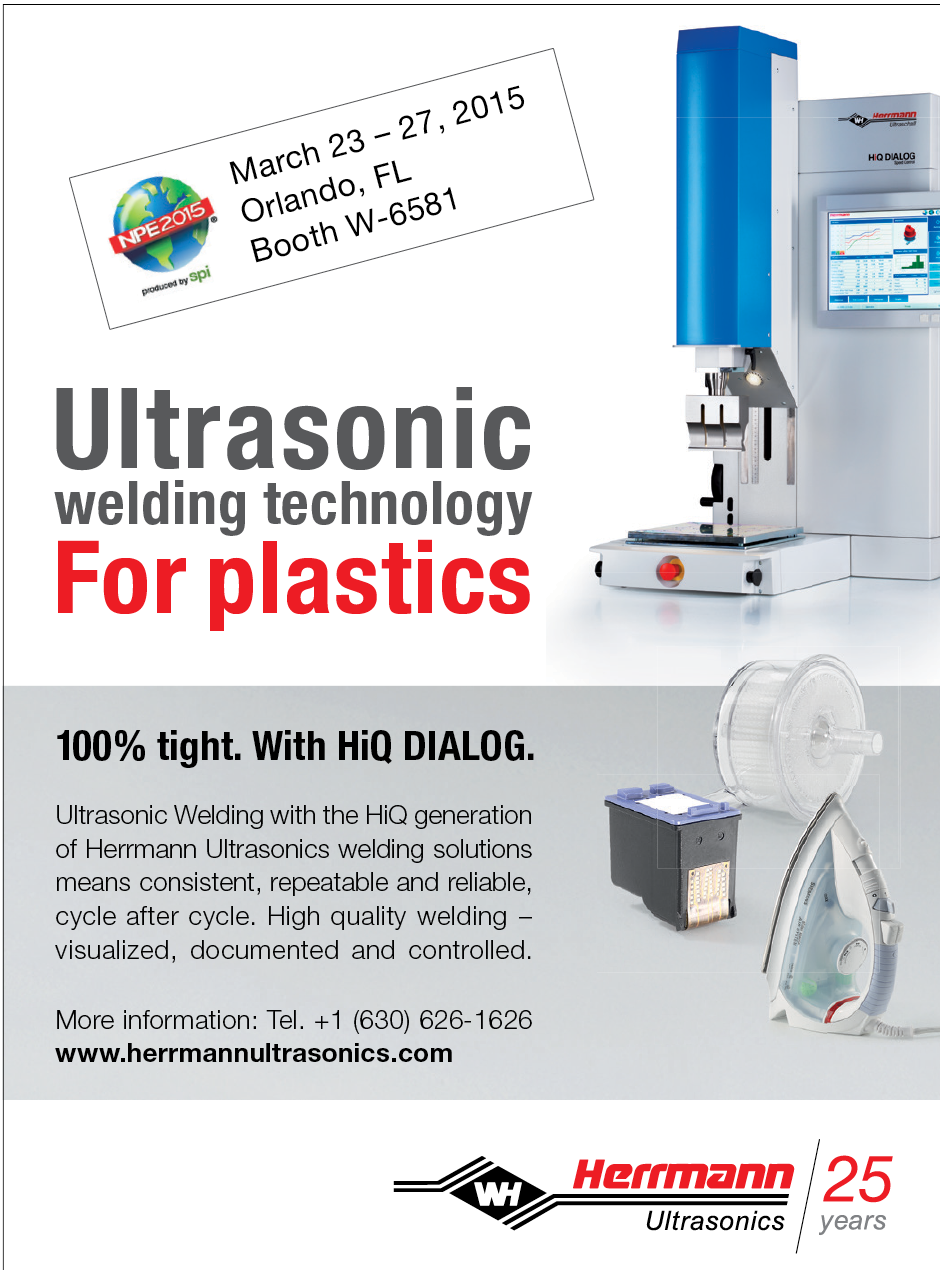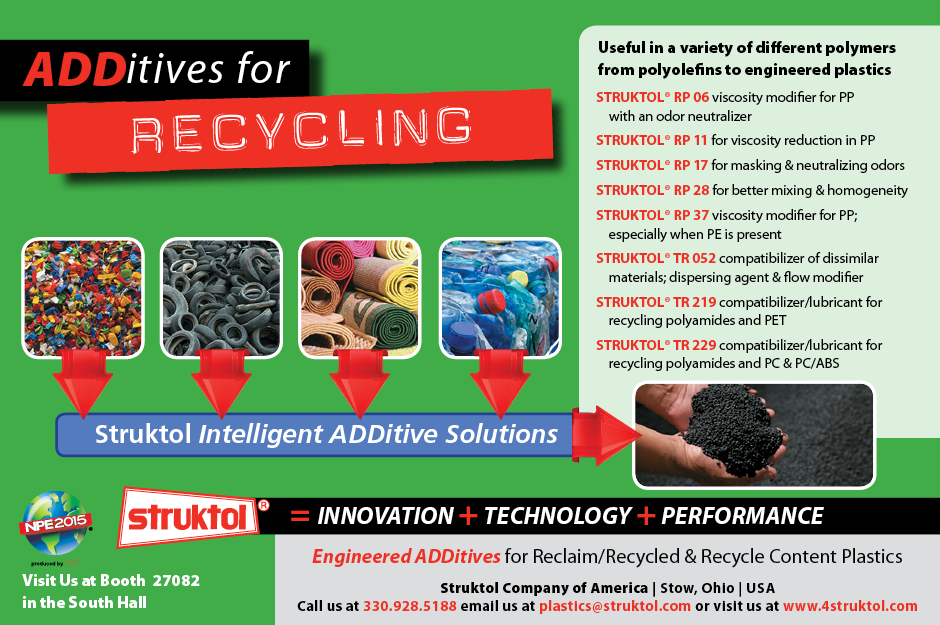Pioneering Post-Carpet Recycled Nylons
Old carpet fibers get a new lease on life when reprocessed into engineering compounds
Previous Article Next Article
By Larry Berkowski, President, Wellman Engineering Resins, Johnsonville, South Carolina, USA
Pioneering Post-Carpet Recycled Nylons
Old carpet fibers get a new lease on life when reprocessed into engineering compounds
Previous Article Next Article
By Larry Berkowski, President, Wellman Engineering Resins, Johnsonville, South Carolina, USA
Pioneering Post-Carpet Recycled Nylons
Old carpet fibers get a new lease on life when reprocessed into engineering compounds
Previous Article Next Article
By Larry Berkowski, President, Wellman Engineering Resins, Johnsonville, South Carolina, USA

Figure 1: Carpet identification.

Figure 2: Fiber dry blending.

Figure 3: Water quenching.

Figure 4: Coefficient of linear thermal expansion for various nylons.

Table 1: Property Comparisons of Various Nylons.


EcoLon®, a brand of Wellman Engineering Resins, is a unique nylon compound produced via Wellman’s patented process of turning post-carpet recycled (PCR) fiber into nylon resin, and then into high-quality and consistent nylon compounds used in some of the most demanding applications in automotive and other industries. The company’s compounding history goes back 50 years to the mid-1960s, when it pioneered the use of post-industrial recycled nylon from both nylon resin plants and carpet manufacturing facilities.
By the mid-1990s, Wellman started to incorporate post-consumer carpet into automotive fans and shrouds for Ford Motor Company, supplied through the Tier-1 Bosch Automotive. Today, Wellman is the largest carpet recycler in the world and among the largest nylon compounders in North America, supplying products for cam covers and engine components, to name but a few applications. It’s now compounding in both Europe and Asia to better serve its global customers.
New Additions to the PCR Product Family
Wellman has recently introduced a new family of compounds that are based on alloys of nylon and polypropylene, called EcoLoy®. EcoLoy is a natural extension of Wellman’s EcoLon product line because it incorporates both the nylon from the carpet face fiber, as well as the polypropylene from the carpet backing. EcoLoy alloys provide the heat resistance (heat deflection temperature, HDT) of nylons (e.g., in some grades, an HDT of over 210°C) with the density and other benefits of polypropylene.
Wellman has also recently begun to market its EcoLene® family of polypropylene compounds, which are based either on the by-product (backing) of a nylon carpet or from polypropylene carpets.
Producing high-quality and consistent recycled carpet-based nylon compounds in high volumes is a challenge that Wellman has succeeded at for 30 years. It’s the onlynylon compounder that goes “end-to-end,” from carpet collection through compounding, to ensure that only the highest quality nylon compounds, which meet all of its customers’ part requirements, are produced in its plants. Unlike some recyclers, the company only uses fiber from the carpets that it collects from its own carpet collection company—never regrind from molded parts because of the concern of mixed polymers, metal, and other contaminants.
The Carpet Recycling Process
This paper will explain the deconstruction of a typical carpet into the nylon resin ready for compounding in Wellman’s patented manufacturing process. At its heart, it’s a continuous process of harvesting and separating the nylon face fiber from the carpet, by removing the primary and secondary polypropylene backing from the latex and calcium carbonate, which is used to provide weight and structure to the carpet.
Each roll of carpet is first identified (Figure 1) and sorted to determine whether it’s PA66, PA6, polypropylene, or polyester (PET). Wellman currently recycles nylon and polypropylene carpets and is actively seeking uses for recycled PET carpet (note: Wellman Plastics Recycling is also one of the largest PET bottle recyclers in North America).
The nylon fiber is continuously dry blended (Figure 2) and quality-control tested to ensure consistency as it goes through the grinding and shredding operations. Not only does this remove the calcium carbonate and latex backing from the carpet, but other possible contaminants like dirt and sand are also removed. The patented wet separation process separates the nylon face fiber from the polypropylene backing, which ensures that the polypropylene is kept to a minimum in the nylon resin.
The nylon fiber resulting from the wet separation process is extruded (Figure 3), which further eliminates any possible volatile organic compounds, which are evaporated in the extrusion process (at around 300°C). Metal detectors are used throughout the plants to ensure that no metal is contained in the pellets.
The final compounding step ensures that all ingredients, including glass, minerals, impact modifiers, heat stabilizers, carbon black, and other performance-enhancing additives are properly blended into the base nylon resin to ensure consistent physical properties from batch to batch. An A2LA and ISO/TS 16949 certified laboratory has all of the latest quality control equipment to ensure that all compounds produced meet customers’ demanding specifications.
Compounding Base PCR Nylon
So what else is required to turn the base PCR resin into a high-performing nylon compound that meets the needs of automotive and other industries? As carpet-based recycled nylons inherently contain trace amounts of calcium carbonate and polypropylene, knowing how to compound the finished products to minimize their effects (or even to benefit from their presence) is critical to succeed as a nylon carpet-based recycle compounder.
One of the benefits of EcoLon can be seen in Figure 4. Since a small percentage of calcium carbonate remains in the resin after recycling, the properties are more uniform (isotropic) versus prime nylon. Note that the coefficient of linear thermal expansion (CLTE) is lower in the cross-flow direction than in prime nylon, when both are 33% glass-filled.
Furthermore, when the recycled material is both glass- and mineral-filled (such as EcoLon MRGF1926, a mainstay material in the automotive cam-cover market), the CLTE in the cross-flow direction is even further reduced, versus a similar glass- and mineral-filled prime nylon that it competes with. This would naturally improve the potential for sealing (Figure 4 bar at far right) over a wide temperature range, versus a glass-filled prime nylon (bar at far left), which would tend to shrink more in the cross-flow direction.
The Benefits of Nylon Alloyed with Polypropylene
When compared to straight nylons, nylons alloyed with polypropylene (EcoLoy) provide the following benefits:
- lower density, from 5-10%, versus straight nylons;
- lower costs, as polypropylene is a lower-cost material than nylon;
- improved NVH (noise, vibration, and harshness), as polypropylene is a “deader” molecule than nylon;
- less sensitivity to moisture from both a dimensional and property standpoint; and
- reduced processing cost due to lower clamp tonnage and less energy usage.
The physical properties of 30% glass-filled prime nylon, when dry as-molded, are shown in Table 1. Note the big drop off in properties when it’s conditioned at just 50% relative humidity (RH)—especially the stiffness, as shown by the flexural modulus. Next, see how the flexural modulus of EcoLoy GF6030, a 30% glass-filled PA6 alloyed with polypropylene, is actually higher for the recycled-based EcoLoy than for the 30% glass-filled prime nylon at 50% RH. Since most applications would likely see 50% RH (or higher) in normal use more frequently than dry conditions, this proves the benefits of EcoLoy over prime nylon in applications where stiffness is important, such as active grill shutter louvers and grill opening reinforcements.
Environmental Benefits of EcoLon
According to CARE, the Carpet America Recovery Effort, some 4 billion pounds (1.8 billion kg) of carpet are landfilled each year, while only about 300 million pounds (136 million kg) are currently recycled. This means that some 2 billion pounds (0.9 billion kg) of nylon fiber (both PA66 and PA6) are being discarded instead of being recycled into high-performing automotive and industrial components.
In addition, the amount of CO2 emissions from producing prime nylon is about 3.2 times greater than the amount generated from producing EcoLon. Finally, EcoLon only consumes about 20% of the water that prime nylon does when comparing their manufacturing processes, so EcoLon has a substantial water conservation factor as well.
Summary
The value of EcoLon comes from the fact that it is not only less expensive than prime nylon while meeting all customer application requirements, but it is also environmentally sustainable. It keeps carpets from going to landfills, it reduces greenhouse gases, and it conserves natural resources like water.
Besides its mainstay applications in fans, shrouds, and cam covers, both EcoLon and EcoLoy will continue to provide value to automotive and industrial customers in new applications such as air intake manifolds, active grill shutters, grill opening reinforcements, cable ties and fasteners, and many other applications, due to its advantages in dimensional stability and conditioned physical properties.
About the author…

Larry Berkowski became the president of Wellman Engineering Resins in January 2013. He’s responsible for all aspects of the business, including OEM and Tier-1 sales, marketing, product management, technical service, and R&D. He began his career in 1984 as a research chemist in BASF’s Polyurethane System business. He later joined GE Plastics in 1989, where he held various positions in market development and industry management. Berkowski returned to BASF in 2001, eventually becoming senior vice president of the North American Engineering Plastics Division before joining Wellman.
Editor’s Note: Earlier this year it was announced that Wellman was purchased by PRET Composites of Shanghai, China, one of the largest polymer compounders in China.

